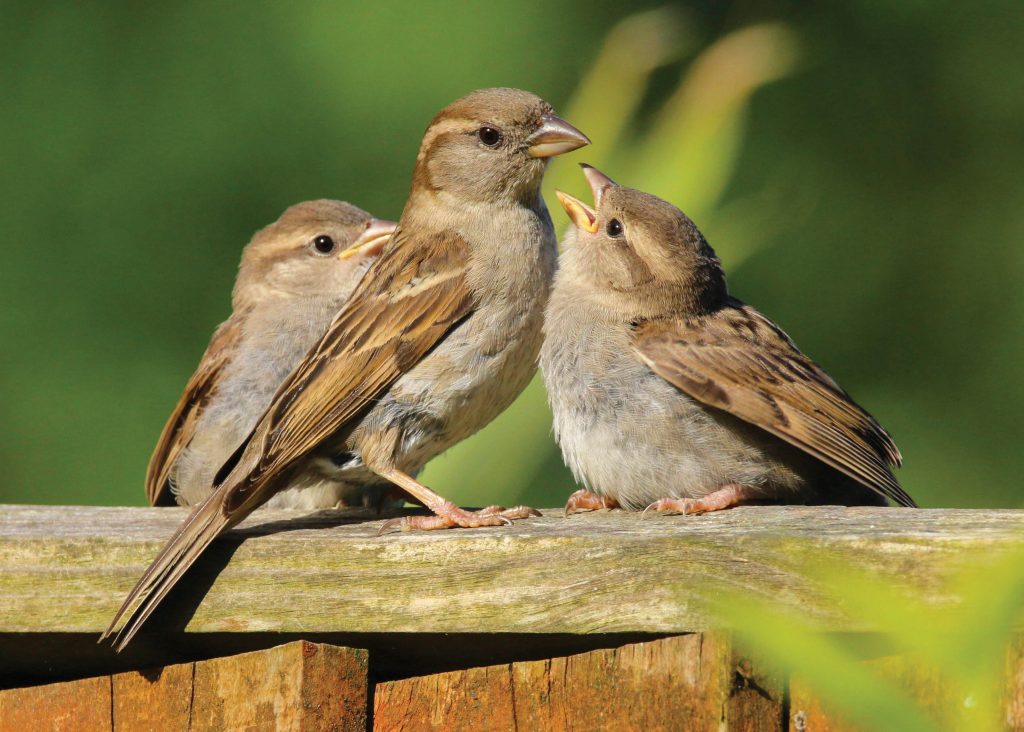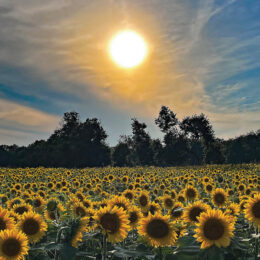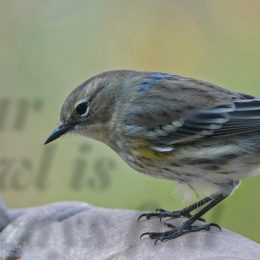
By Jack Spaulding
A slightly forlorn tone tinged my wife’s voice when she said, “There is something in the garage I want to show you.”
As I walked into the garage, I saw, lying on one of my work tables, a wide light maple branch holding a small woven bird’s nest containing three tiny ivory colored eggs. The nest was larger than a hummingbird’s and about 2 ½ inches across. The eggs were a little larger than the size of a cooked Northern bean.
“I was trimming the low branches in the side yard where we mow, and I didn’t see the nest until it floated to the ground,” she said.
The broad light tree branch covered with leaves made for a natural parachute, and the nest came to rest on the ground with no damage to it or to the eggs inside.
“What are we going to do?” she asked.
I said, “We’re going to put it back.”
I cut a few lengths of stout twine, and we headed back to the side yard where Chris remembered lopping off the limb.
Pulling the severed limb down, Chris held it while I tightly lashed the limb containing the nest and eggs to the top of it. Then, we eased it back into position. The reconfiguring put the nest on about the same level and only about two feet back from its original location.
The next day, I carefully walked into the side yard, and I saw two very small, sparrow-like birds leaving the canopy from the vicinity of the relocated nest. It seems they have accepted the relocation of the nest.
Backing off and giving them their space, I have curtailed my curiosity to give the birds a chance to get used to their newly relocated housing.
Wildlife is much more tolerant of human intervention than many think. If you find a young bird out of its nest, simply pick it up and put it back. The parents will pay no attention to the human scent on its young and will continue to care for it.
JACK SPAULDING is a syndicated state outdoors writer and a member of RushShelby Energy. Readers can email him directly at jackspaulding@hughes.net.
Jack’s first book, “The Best of Spaulding Outdoors,” a compilation of his favorite articles over 30 years is now available as a Kindle download or as a 250-page paperback from Amazon.com.



